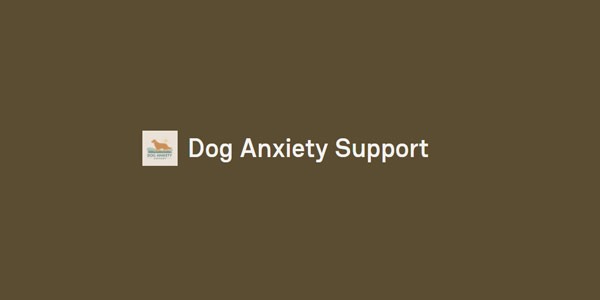Crate training is a time-tested method for teaching dogs boundaries and providing them with a secure, den-like environment.
Crate training is a time-tested method for teaching dogs boundaries and providing them with a secure, den-like environment. But for dogs with anxiety — especially those prone to panic attacks — the crate can feel more like a trap than a safe space. The key to success lies in understanding the emotional needs of anxious dogs and tailoring your training approach accordingly.
If you're working with a dog who experiences intense stress when confined or separated, you're not alone. Many owners face this challenge. With theright crate training tips, you can help even the most sensitive dogs find comfort and security — and learn that the crate isn't something to fear.
Understanding Panic Responses in Dogs
Dogs with panic attacks display intense reactions that go beyond standard separation anxiety. These can include:
Frantic escape attempts
Excessive drooling or panting
Vomiting or urination
Self-injury from chewing or clawing
Traditional crate training methods may not work for these dogs — and can sometimes worsen symptoms if not adjusted properly. Instead of rushing, you'll need to move gradually, introducing the crate as achoice rather than a command.
Step 1: Choosing the Right Crate
Start by ensuring the crate is the right type and size. It should be large enough for your dog to stand, turn around, and lie down comfortably, but not so large that it feels like an open room.
For highly anxious dogs, the crate itself should feel secure but not confining. Crates with solid walls and proper ventilation can help reduce visual overstimulation and create a calming cave-like effect. Brands likeImpact Dog Crates are known for their sturdy construction and security, which is important if your dog tries to escape or injures themselves during a panic episode.
Avoid wire crates if your dog has a history of trying to break out — these can bend or snap, increasing the risk of injury.
Step 2: Create a Positive Association
An anxious dog will need time — and lots of positive reinforcement — to build trust with the crate. Begin by making the crate part of the environment without closing the door. Leave the door open and let your dog explore at their own pace.
Helpful ways to build trust:
Place a familiar blanket or unwashed t-shirt with your scent inside.
Feed meals near or inside the crate.
Use high-value treats when your dog voluntarily steps in.
Never force entry or close the door at this stage.
This phase may take days or even weeks depending on your dog's emotional state. Patience here prevents regression later.
Step 3: Introduce Calm Crate Time in Short Intervals
Once your dog is willingly entering the crate, begin closing the door for a few seconds — but only while they're engaged with a treat, chew toy, or stuffed puzzle feeder. Keep your tone calm, avoid eye contact, and leave the area briefly.
Open the door before your dog shows signs of stress. Gradually increase the time by just a few seconds per session.
If your dog begins whining, barking, or panicking, you've moved too fast. Go back a step and shorten the crate time again.
Step 4: Build a Predictable Routine
Dogs with anxiety benefit from predictability. Structure their day so crate time follows activity or engagement — never use the crate after negative experiences like punishment or overstimulation.
A sample schedule:
Morning walk
Feeding near or inside the crate
Calm crate time with a chew toy
Short break and gentle play
Midday nap in or near crate
Repeat this rhythm consistently to build security through routine.
Step 5: Manage External Triggers
Dogs with panic attacks often react to specific environmental triggers like noise, light, or movement. Minimize these by:
Placing the crate in a quiet, low-traffic part of the home
Using a crate cover to block overstimulation (only if well-ventilated)
Playing soft white noise or calming music
Avoiding placement near windows or heating vents
Make sure the crate is never associated with chaos — it should always signal calm, quiet, and rest.
Step 6: Don't Skip the Breaks
Even if crate time goes well, don't overuse it. Breaks from confinement help prevent feelings of entrapment and give your dog freedom to reset.
Balance crate time with:
Outdoor exploration
Gentle training sessions
Interactive toys
Human connection (petting, brushing, etc.)
Bonus Tip: Track Progress
Every dog is different. Keep a simple log of your dog's crate sessions, how they respond, and what triggers signs of stress. Patterns will help you refine your approach and avoid setbacks.
Look for signs of success:
Willing entry into the crate
Relaxed body language (loose posture, sighing, lying on side)
Calm behavior after sessions
Decreased reactivity over time
When to Seek Extra Help
If your dog's panic attacks are severe and you're seeing no progress despite careful training, it may be time to consult a behaviorist or veterinary professional. In some cases, medical support or anxiety medications may be necessary — especially when the emotional distress is interfering with basic daily functioning.

